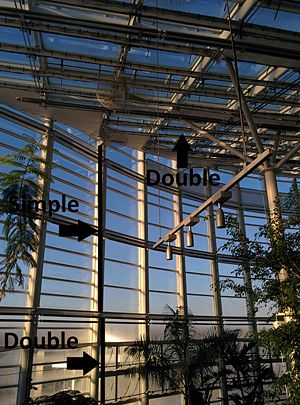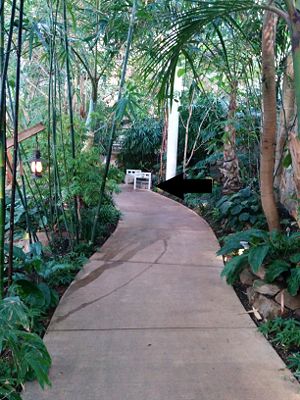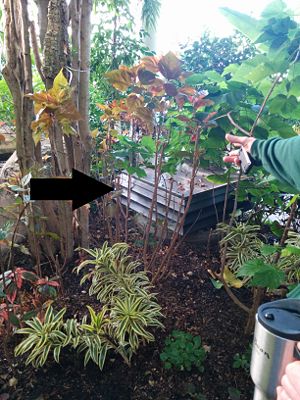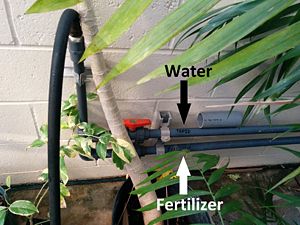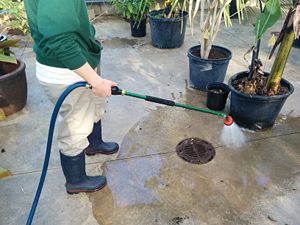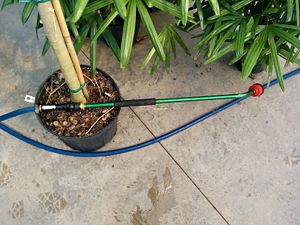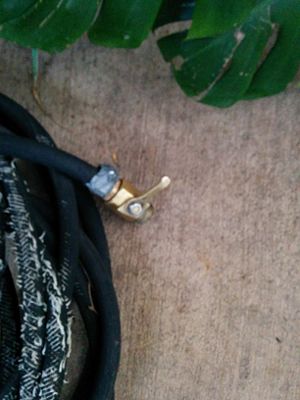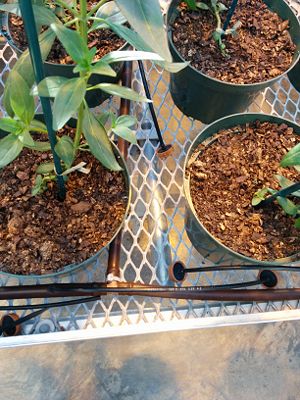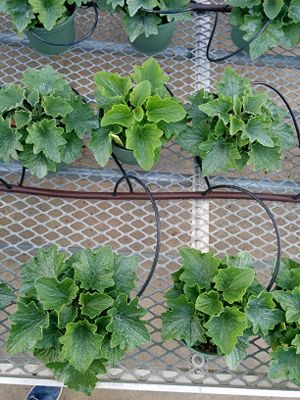Impulse sprinkler opportunity
From DDL Wiki
(→Team member roles) |
|||
| Line 120: | Line 120: | ||
=List of at least 100 brainstorming ideas= | =List of at least 100 brainstorming ideas= | ||
[[Image:Team7S13100ideas.png|800px|thumb|center|[[Media:Team7S13100ideas.xlsx]]]] | [[Image:Team7S13100ideas.png|800px|thumb|center|[[Media:Team7S13100ideas.xlsx]]]] | ||
| + | |||
| + | |||
| + | ==Citations== | ||
| + | |||
| + | [1] [http://www.homedepot.com/p/Melnor-Pulsator-Sprinklers-with-Zinc-2-Way-Spikes-2-Pack-308-593/202051545?N=5yc1vZc63c Home Depot Customer Reviews] | ||
Revision as of 18:35, 19 February 2014
Contents |
Executive summary
Market Study
Add Executive summary for market research here
Expert Interview
Phipp's Conservatory
(DRAFT)
- In a greenhouse, you don’t want to obstruct the sunlight+each plant has different needs -> no sprinkler at the top
- Need “rain” to wash up leaves from dust and insects (the one that plant their mouth inside the vascular tissues ->kill them because it “cut” them since their mouth stays in the leaves and you don’t need too much pesticides
- Sprinklers to prevent cold damage from freezing (5-6 times a year)->cf. apricots and oranges
- Most watering is done by hand
- Automatic watering if all the same plants ->rare, only one room (and rather small) at Phipp’s
- Automatic watering is not aesthetic, and if it fails you can lose precious plants
- When one plant in a whole bunch need a different watering->in a pot
- Air movement is REALLY important (4 reasons):
- plants need some movement -> triggers the plant to have ligments and small internal links -> more resistant
Ex: caoutchouc tree with leaves so heavy that they bend by themselves and break in the middle Short internodes: prettier and stronger plant
- From heating prospective: increases heating efficiency
- More air around the plant to bring the CO2 to the leaves (plants tend (they grow like that) to keep the air inside the leaves -> bushes against wind). Up to 500ppm of CO2 lower if air still -->better plant growth
- To reduce the amount of fungus diseases (stagnant air)
Ex: poinsettias are from the desert of mexico, and in the humid environment they get fungus (white) which spreads really really quickly It’s all about reducing the amount of chemical pesticides, and if you have to replace a full room of poinsettas it’s really expensive (4000$) Ex: fans in the orchid room = 6000$ a year, with 3000$ in the summer that you can’t take of in any casem the 3000$ remaining -> is it worth to lose a whole crop? (cf. poinsettias)
- Heating is conventional steam heating on the walls of the room, behind the wall so that visitors don’t see it. (there is a whole pathway going around the external walls)
- Have to open the vents to renew the air EVEN IN WINTER to cool down the greenhouse, because the .radiators have thermal inertia. ->Computer control system (“ARGUS”) tries to optimize heating to save energy
- No double glass in a greenhouse (so more heat loss), because the exact wavelength plants use is reduced by 20% at each layer of glass->so only one layer of glass
- Fountains, water and others are mainly decorative
- On fridays, everybody waters more because on the weekend there is only a reduced team.
- Insects come from both Pittsburgh and with the plants -> sometime they even find frogs from Florida, those are the one you can hear in one of the rooms of Phipps. they also have birds living there during the winter->doesn’t seem to be a problem, seem even to help by eating the insects and so reducing the amount of pesticides needed.
- Indian forest (warmest room in winter/coolest in the summer): the key is the orientation of the glass:
- Lower (for winter)->simple layer
- Roof (for summer)->double layer
- Bottom: double layer because even in winter the sun is never this low
- Winter: fans shoot the hot air down (heating pipes are on the glass ceiling)
- Summer: fans shutted down->passive cooling: in summer, fresh air is brought from somewhere shady outside and injected in the greenhouse (up to about 5° cooler in the greenhouse than the outside with this system)
Anthropological study
Phipp's Conservatory
(was explaining what they were doing, what was their experience with the product and their feelings about it, and at the same time were doing it)
- Fertilize by switching the source at the connection of the hose -> you lose a lot of water each time
- Hold the HOSE and the bar to operate the jet
- Unscrew the tube (diffuser) to wash leaves and have a stronger water-shoot.
Ask if inconvenient? -> No
- You have to screw and unscrew the hose, the nozzles, everything all the time-> clipping would probably be way more convenient
User interviews
Phipp's Conservatory
Users reports that the most annoying thing is that sometimes it leaks and there is nothing you can do about it on the go.
Orchids and some tropical plants don’t like city water (because of the salts) -> inverse-osmosis (from water they recapture from the greenhouse) But really inconvenient->bringing this water all the way from the orchis house in a big container… And they don’t have too much of that water
Other user: Main complaints about the individuals watering systems and that you cannot monitor how much water have the roots->sometimes it’s completely wet outside but there is no water for the roots…
Watering pots, not convenient:
- long to set up
- when you have different plants on the same table/feeder and they need different watering…
Idea: monitor exactly how much water you have in the roots
Solutions we proposed: water by the table?->moses and algae (big concern the algae), you have to wash it->but they will try two of them soon with water already used They used capillary mats on which the plants are put
User reviews
Design concepts (top 5)
(Syllabus:Provide sketches and descriptions of your top 3-5 design concepts, describing what opportunities have been identified and how they will be addressed.)
Water can redesign
Automatic underground water dispenser
Slap-Chop dirt loosener
Fulcrum Shovel
Hornest Nest Capture
Relevant competitor products
(Syllabus: Identify relevant competitor products from your patent searches, commercial searches, web searches, and expert interviews. Compare pros and cons of each of your concepts on a standard Pugh chart against your top stakeholder needs, and benchmark against the most relevant competitors. If your concepts are better on some attributes and worse on others, identify any market segments likely to value the tradeoffs you can offer.)
Gantt Chart
(Syllabus:Provide a Gantt chart to map out the team plan for design and prototyping through the remainder of the semester. Please be detailed to your particular project and individual member contributions.)
Team member roles
Hira Ahmad: team leader
Finding and Recommandations
(Syllabus:Summarize your findings and recommendations. In particular, identify which concept you recommend pursuing for the remainder of the semester. Provide a hypothetical before & after user scenario representative of your target market from your research findings to motivate your top solution concept)
List of at least 100 brainstorming ideas
